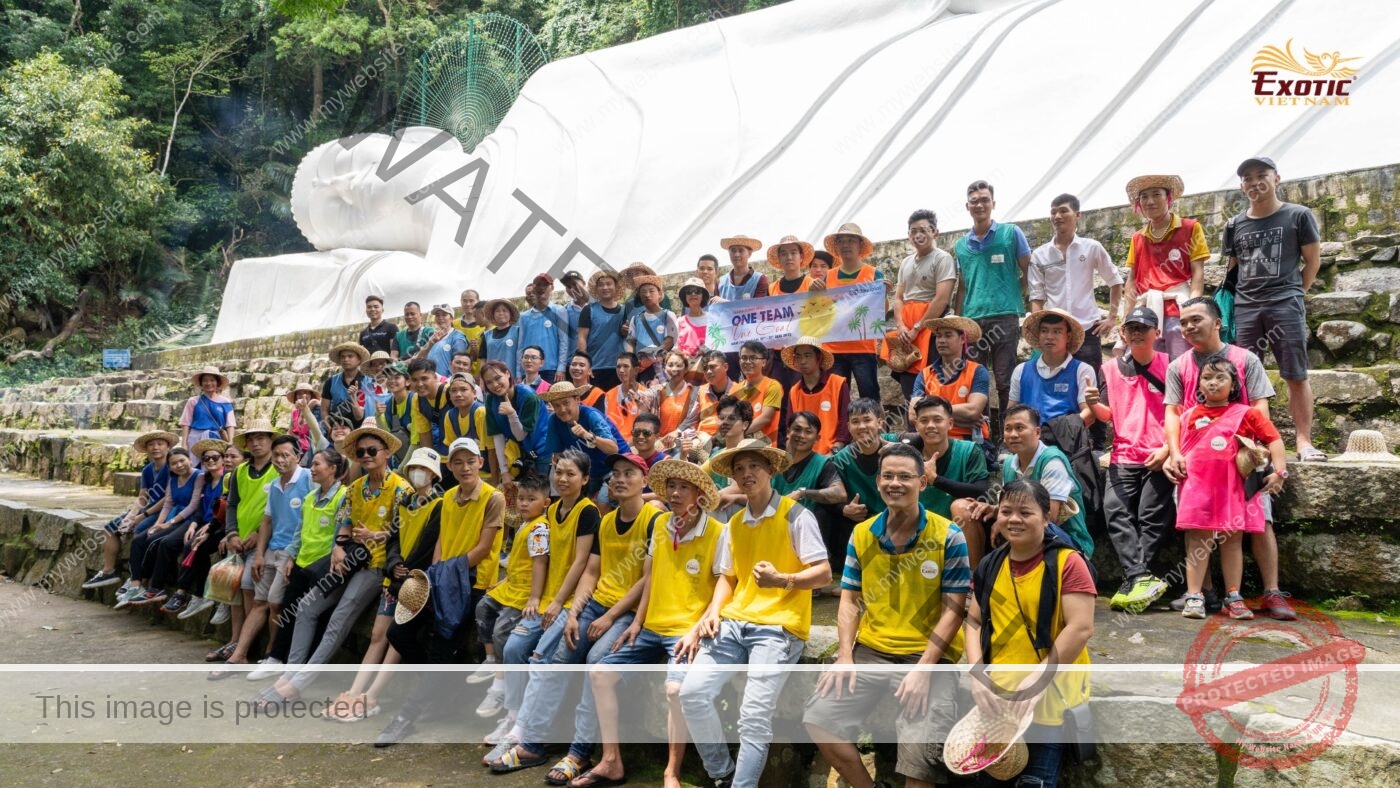In today’s business environment, people are regarded as the most valuable capital of every organization. Employees are not only responsible for operations but also serve as a creative force that determines the sustainable growth of the enterprise. For this reason, corporate team building activities are increasingly emphasized and frequently organized to strengthen cohesion, boost motivation, and enhance team performance.
However, for a team building program to truly deliver value and achieve its intended objectives, businesses need to follow a structured process. With extensive experience in designing and managing creative team building programs, Exotic Vietnam not only helps organizations define objectives, analyze teams, and design tailored scenarios, but also ensures seamless execution and thorough evaluation.
Below is the process and key steps of corporate team building to guarantee success and bring lasting value to your team.
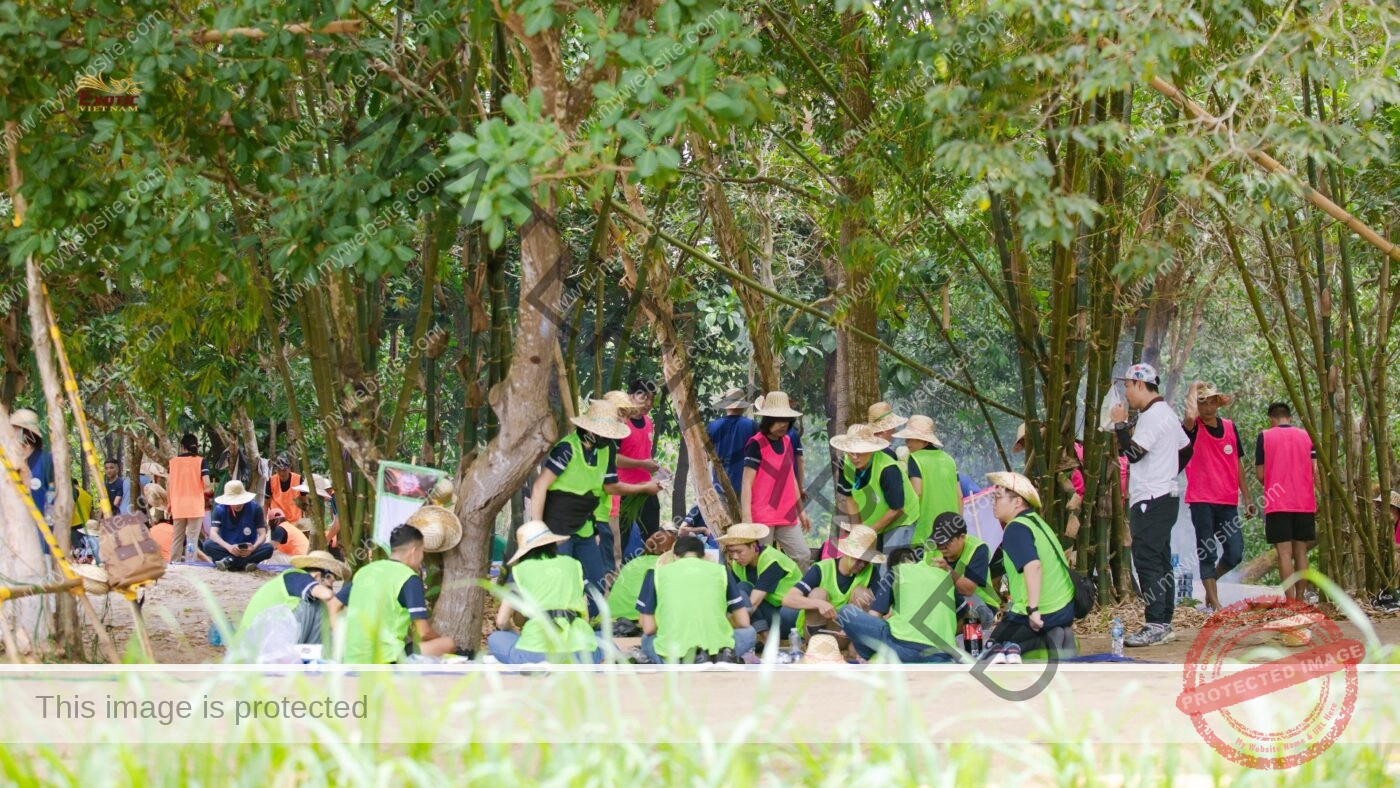
Define Objectives
This is the very first step and serves as the foundation of the entire process. If we think of team building as a journey, then the objectives are the “compass” that sets the direction.
The objectives should be clear, specific, and aligned with the current situation of the business. Some common goals include:
- Improving team spirit: Helping employees relax after stressful working periods while creating a fun and uplifting atmosphere.
- Enhancing communication: Providing opportunities for members from different departments to understand one another better, break down barriers, and strengthen collaboration.
- Developing skills: Through challenges, participants can practice leadership, problem-solving, and creative thinking skills.
- Building corporate culture: Team building is an opportunity to communicate the organization’s messages and core values.
In addition, defining objectives allows organizers to select an appropriate slogan, divide teams with the right size, choose the right venue, and design activities that align with the company’s strategic direction. For example, if the goal is to develop leadership skills, activities that emphasize role delegation and quick decision-making will be prioritized.
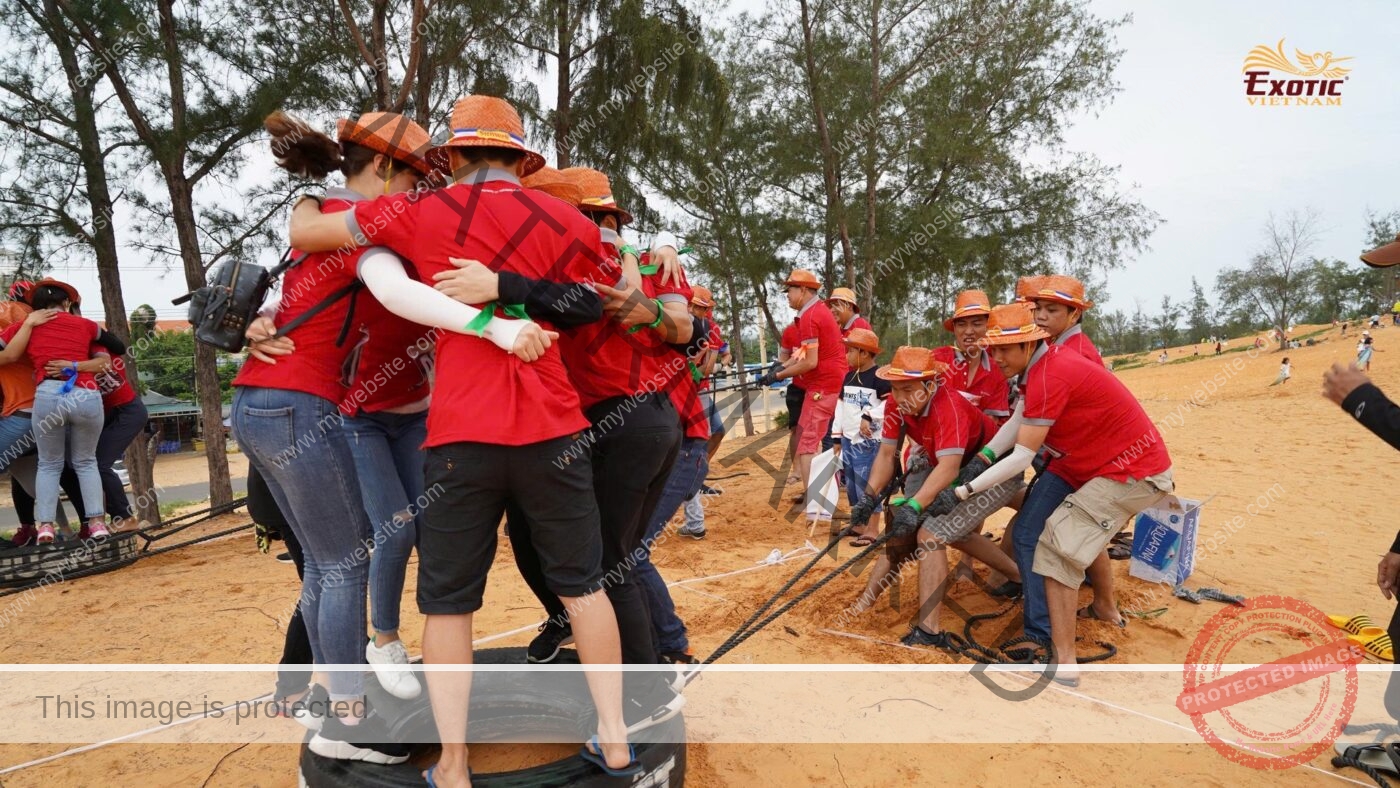
Analyze the Team
Every business has its own organizational structure and culture; therefore, it is essential to analyze the team to design a suitable program. The analysis includes:
- Number of participants: From a few dozen to several hundred employees, the format will vary (indoor, outdoor, or a combination), along with appropriate team divisions and scenarios.
- Age and physical condition: A young, dynamic group may enjoy physically demanding games, while teams with older members should focus on lighter activities that emphasize intellect or soft skills.
- Desired destination: Identify the type of terrain/venue (beach, mountains, forest, resort, urban space), travel time, capacity, weather conditions, safety, budget, and supporting amenities to ensure a seamless experience.
- Personality and skills: Understanding individual personalities, communication levels, strengths, and areas for improvement helps assign roles effectively during activities and maximize each member’s participation.
Moreover, to ensure the team building program truly “fits,” it is important to determine which stage your group is in within Bruce Tuckman’s model of team development: Forming – Storming – Norming – Performing – Adjourning. Correctly diagnosing the stage allows organizers to set accurate intervention goals, select suitable activities, and optimize resources.
A thorough analysis enables organizers to build a personalized program where every member recognizes their role and participates actively.
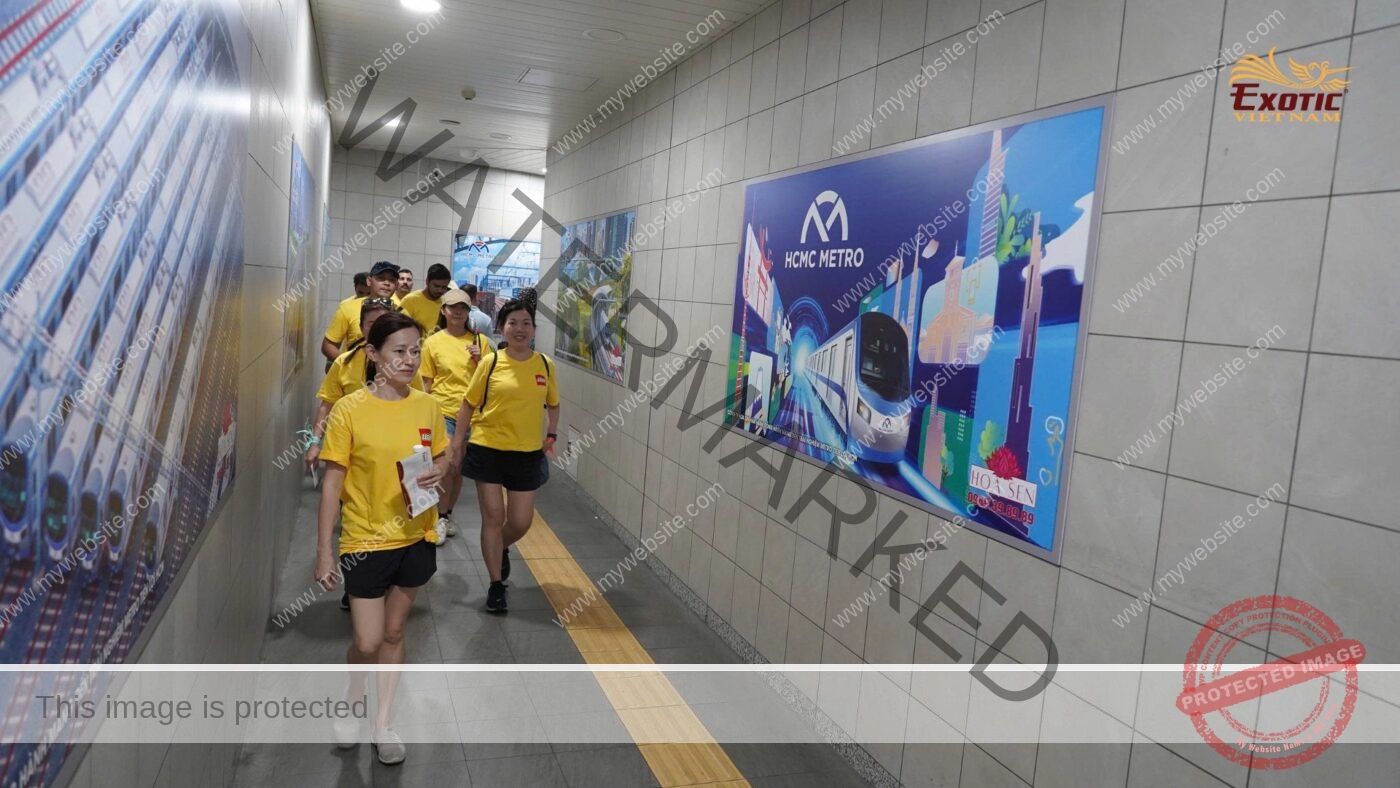
Program Design
Once objectives and team information are clearly defined, the next step is to design the corporate team building program. This is the creative phase and also the key factor determining the success of the event.
A well-structured program should include:
- Logical activity flow: Games should be arranged from easy to challenging, from light to high-energy, in order to maintain rhythm and emotional engagement.
- Variety of formats: Combine outdoor physical games, intellectual challenges, business simulations, or collaborative group projects.
- Elements of surprise: Creativity in rules, props, key event highlights, or rewards will make the program more engaging and memorable.
- Message integration: Each team building challenge should not only be entertaining but also convey the organization’s message and core values.
- Risk in mind – Safe on field: Safety must always be the top priority, from venue selection, equipment, and protective gear to on-site supervision. At the same time, challenges should be designed to push participants close to their endurance threshold – enough to break personal limits while still within a safe range.
In addition, the duration and content should be balanced so the program is both entertaining and effective in fostering learning and team cohesion.
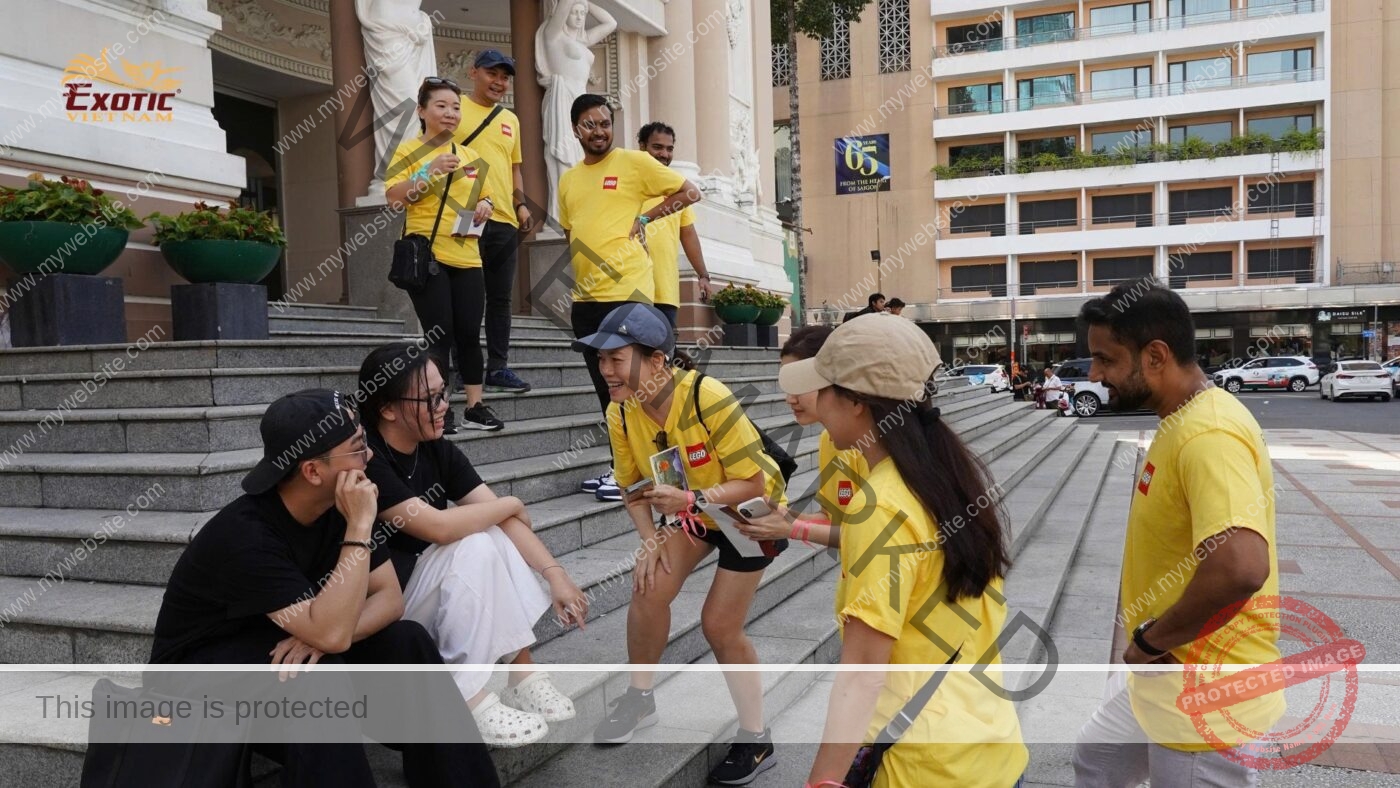
Organization and Execution
Once the detailed program is in place, the company moves into the stage of organizing and executing the event. This is the moment when “theory turns into practice,” requiring thorough preparation and seamless coordination.
Key tasks include:
- Logistics preparation: Stage setup, sound, lighting, game props, drinking water, and medical support must be fully equipped and ensured for safety.
- Personnel coordination: Assign MCs, facilitators, referees, and supervisors to manage activities smoothly.
- Energy management: The MC should create an upbeat atmosphere, motivate participants, and maintain emotional engagement so that everyone stays enthusiastic from start to finish.
- Fairness assurance: Clear and transparent rules are essential to avoid disputes and ensure participants feel comfortable.
- Contingency planning: Always prepare backup scenarios to handle unexpected situations such as bad weather, technical issues, or last-minute changes in participant numbers. This ensures the program runs without interruption and maintains a positive spirit.
The most important goal is to create a memorable experience for everyone. Even quieter members or those less inclined toward physical activity should be encouraged to participate at a level suited to their comfort, ensuring the entire team feels connected.
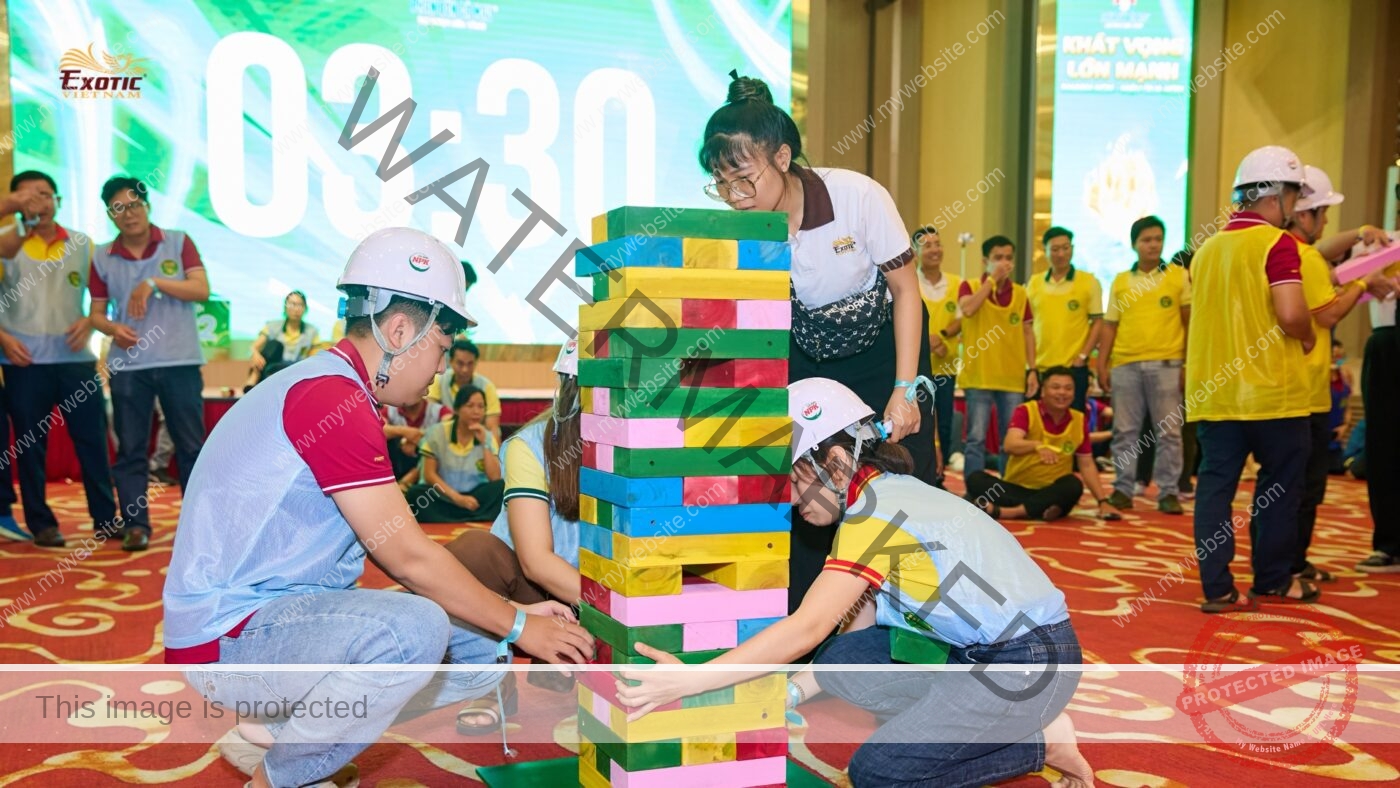
Evaluation
A team building program does not end when the activities conclude – it should be evaluated to draw lessons learned and improve future events.
Evaluation methods may include:
- Direct feedback: Organize a short debrief session for employees to share their impressions and experiences.
- Quick surveys: Use forms or online questionnaires to collect feedback efficiently.
- Post-event observation: Monitor whether teamwork, collaboration, and communication improve in daily work after the event.
The evaluation will reveal:
- Strengths of the program that should be sustained and further developed.
- Limitations that need to be addressed (e.g., challenges too physically demanding, insufficient breaks, or activities not fully aligned with objectives).
More importantly, this step allows the organization to recognize the true value of team building and demonstrate the return on investment.
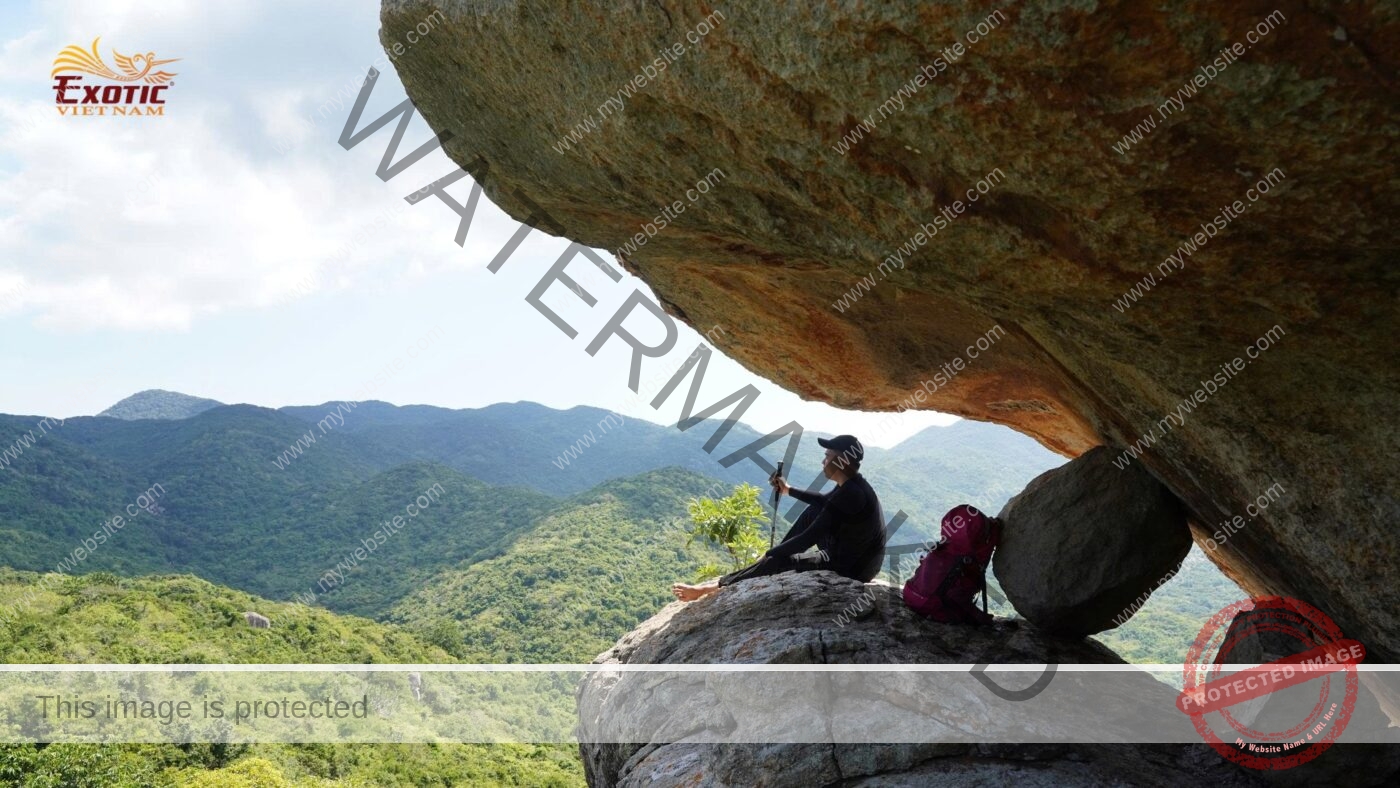
Conclusion
Team building is one of the most effective tools for organizations to develop human resources, build a strong corporate culture, and enhance overall performance. A successful program requires a structured process: defining objectives – analyzing the team – designing the program – organizing implementation – and evaluating results.
When executed properly, team building becomes the “glue” that bonds individuals together, transforming a fragmented group into a united team ready to conquer challenges at work. This foundation is vital for sustainable business growth in today’s fiercely competitive global market.
Exotic Vietnam is a trusted partner for organizations seeking creative and meaningful team building programs. With extensive experience across diverse destinations throughout Vietnam, Exotic Vietnam tailors each activity to match the goals, culture, and unique characteristics of every client. Programs are carefully designed to be both safe and challenging, fostering teamwork, enhancing collaboration skills, and inspiring each participant. Beyond team bonding games, Exotic Vietnam integrates cultural, natural, and local elements into its programs, turning every event into a journey of learning, experience, and shared values.

